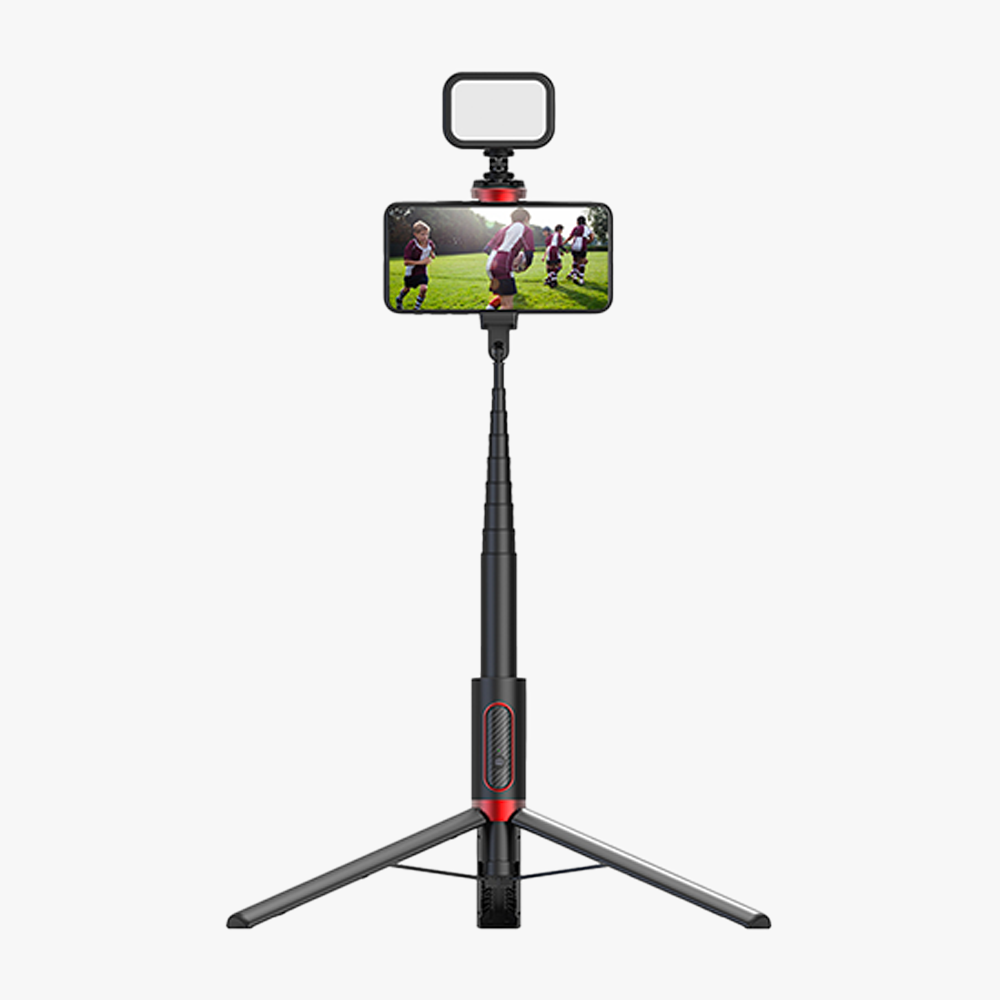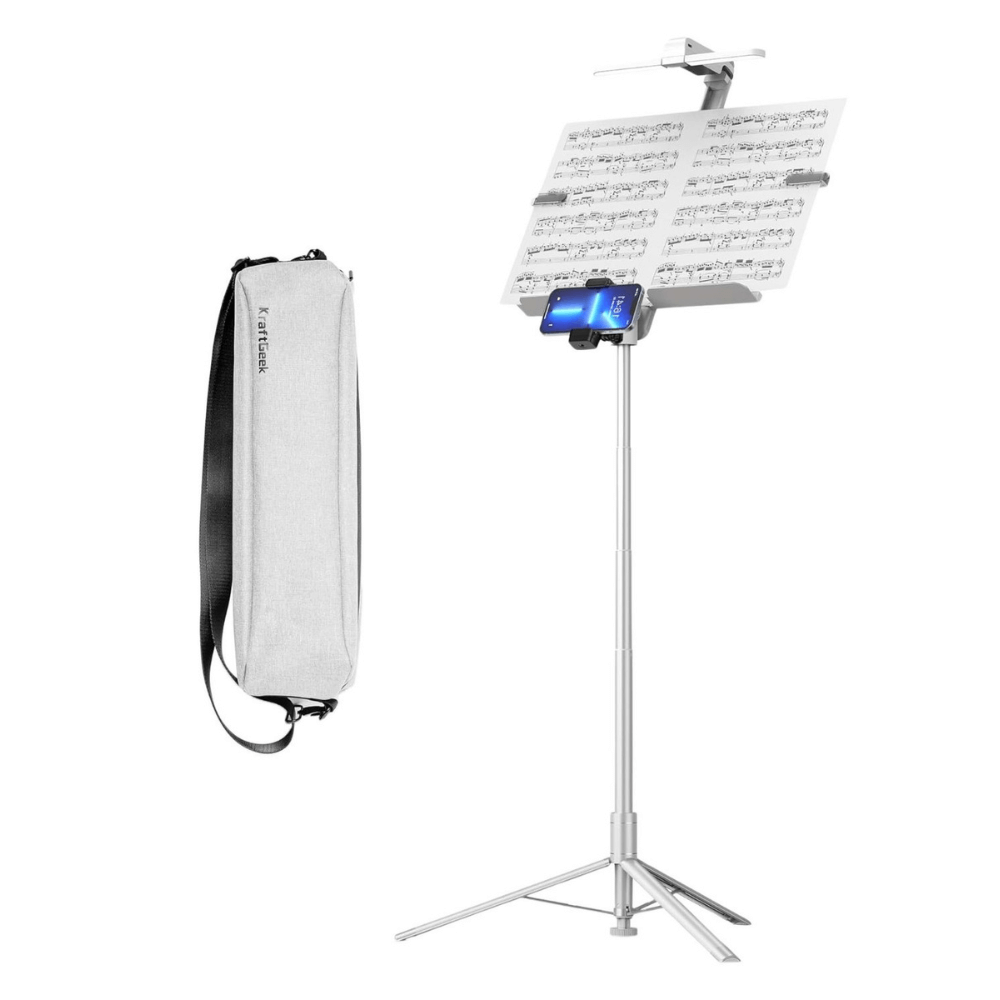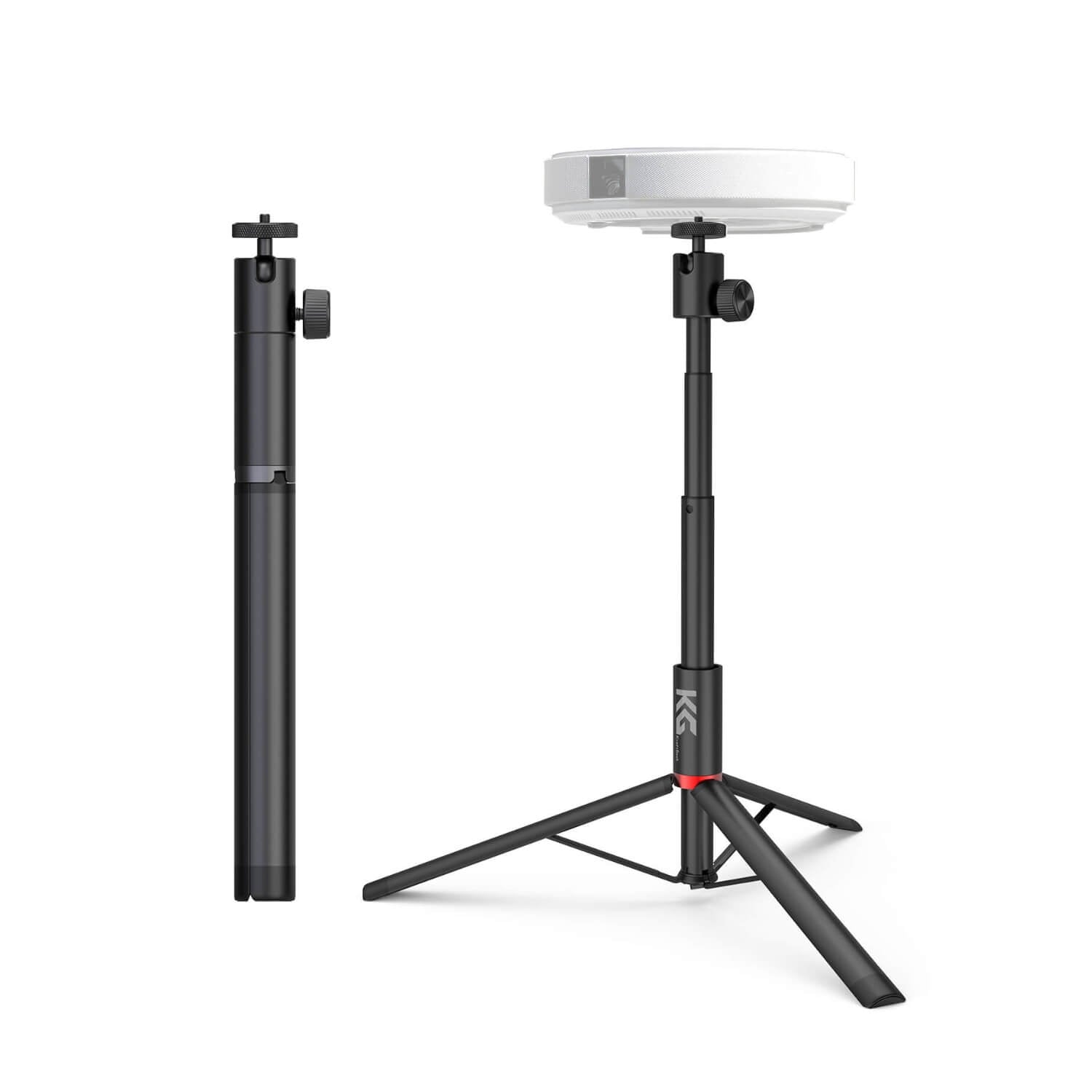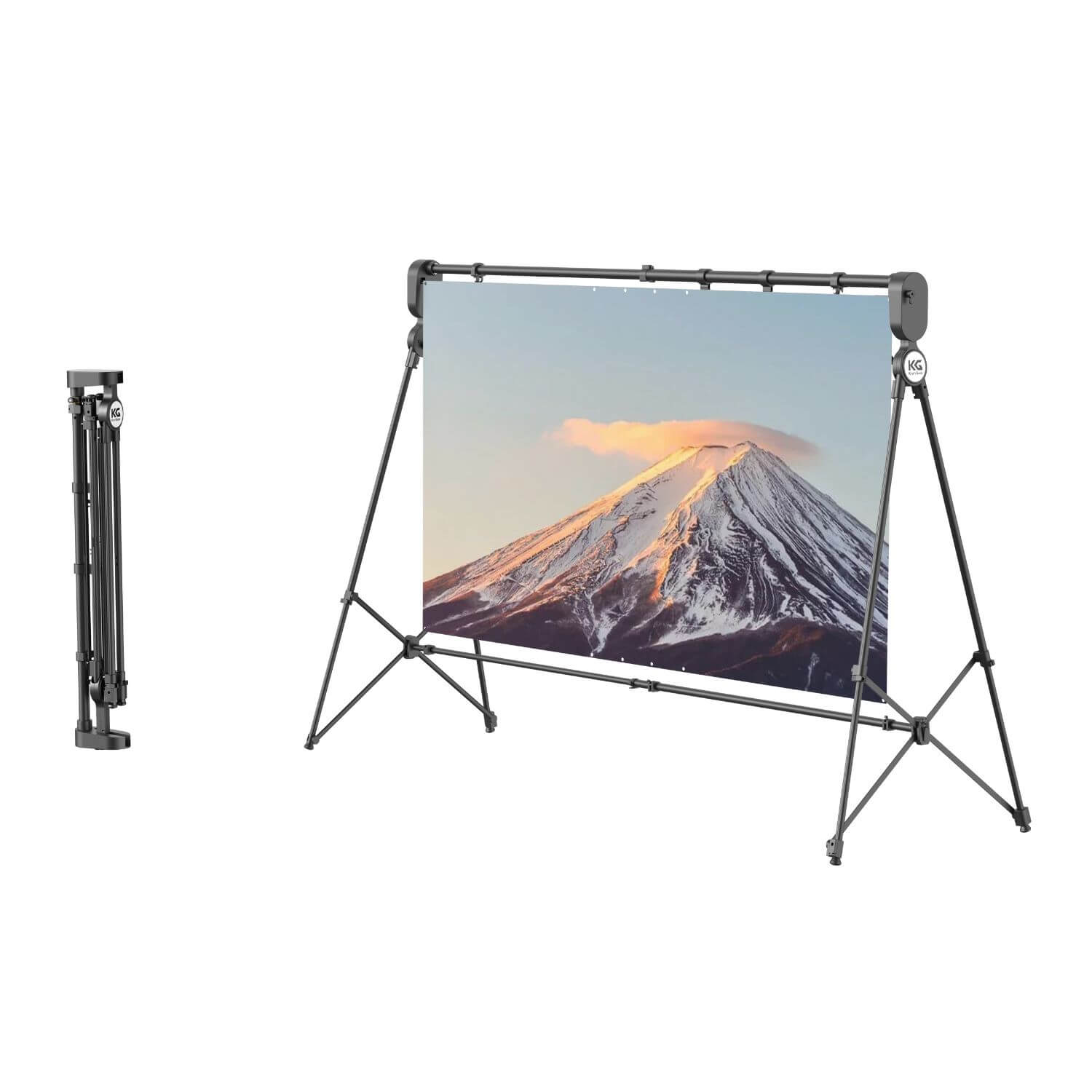Choosing the right guitar strap might seem like a small detail but it plays a big role in how comfortable you feel while playing and how well you perform. When it comes to guitar playing, the strap helps support the weight of your instrument, allowing you to focus on making music without worrying about it slipping or sliding around. It also helps you maintain a good playing position, whether you're standing or sitting.
Finding the perfect strap isn't just about comfort – it's also about practicality and style. You want something that suits your playing style, fits your body type, and looks good on stage.
Factors To Consider Before Buying A Guitar Strap
1. Weight and Size of the Instrument
The weight and size of your guitar or bass can significantly impact the type of strap you need. Heavier instruments require straps that can provide sturdy support without digging into your shoulder. Consider the dimensions of your instrument and opt for a strap that can comfortably bear its weight over long periods of playing.
2. Player's Body Type and Size
Just like clothes, guitar straps come in different sizes to accommodate various body types. A strap that fits well will distribute the weight of your instrument evenly, preventing discomfort and strain.
RELATED: How To Choose The Right Guitar For Small Hands
3. Playing Style
Your playing style and musical genre can also influence your choice of guitar strap. If you're a high-energy performer who likes to move around the stage, you'll need a strap that offers secure attachment and freedom of movement. On the other hand, if you prefer a more stationary playing style, you might prioritize comfort and support over mobility.
4. Material Preferences
Guitar straps come in a variety of materials, each with its own set of pros and cons. Nylon straps are lightweight and durable, making them a popular choice for beginners and touring musicians alike. Leather straps offer a classic look and feel, with added comfort and longevity. Cotton and polyester straps provide breathability and flexibility, ideal for players who perform in hot and humid conditions.
Finding The Right Guitar Strap Dimensions
Guitar straps typically come in standard lengths and widths but it's essential to know what these dimensions are and how they can affect your playing experience. Standard lengths usually range from 40 to 60 inches, while widths vary between 2 and 3 inches. These dimensions offer a good starting point for most players, but adjustments may be necessary based on individual preferences.

RELATED: How To Choose The Right Guitar Strings
Recommendations Based on Instrument Type and Player Preferences
Electric guitarists and bass players often prefer wider straps to provide better support for their heavier instruments. Acoustic guitarists may opt for slightly narrower straps for a more streamlined look and feel.
Bass players and musicians with larger or smaller body frames may have unique requirements when it comes to strap length and width. Bass guitars tend to be heavier than electric or acoustic guitars, so bass players may need a wider strap to distribute the weight more evenly. Similarly, players with larger body frames may find wider straps more comfortable, while those with smaller frames may prefer narrower straps for a better fit.
Guitar Strap Attachment Methods
Guitars come in different types, each with its own strap button placement. Electric guitars typically have two strap buttons – one on the upper bout and one on the lower bout. Acoustic guitars may have two strap buttons as well, or just one on the bottom of the body. Classical guitars, on the other hand, often lack strap buttons altogether and require alternative attachment methods.

If your guitar has two strap buttons, simply attach the strap to both buttons using the provided holes or slots. For guitars with only one strap button, you can use a string or cord to tie the strap securely to the headstock or neck.
Guitar Strap Materials
|
Material |
Advantages |
Disadvantages |
|
Nylon |
- Lightweight and durable - Affordable and available in various colors/designs - Resistant to stretching and tearing |
- May lack padding for extended comfort - Less breathable than other materials |
|
Leather |
- Classic look and feel - Durable and long-lasting with proper care - Molds to the shape of the shoulder over time |
- More expensive than nylon or cotton options - Requires regular maintenance (conditioning, cleaning) |
|
Cotton |
- Soft and comfortable against the skin - Breathable, suitable for hot and humid conditions - Available in various colors and designs |
- May stretch over time, affecting stability - Less durable compared to nylon or leather |
|
Neoprene |
- Provides extra cushioning and shock absorption |
- May be bulkier and heavier than traditional options |
|
Memory |
- Molds to the shape of the body for a secure fit |
- Can be more expensive |
|
Foam |
|
- Limited availability compared to nylon or leather |
1. Nylon
Nylon straps are lightweight and durable, making them a popular choice for many guitarists. These straps are affordable, easy to clean, and available in a wide range of colors and designs. They are also resistant to stretching and tearing, making them suitable for extended use.
While nylon straps are durable, they may not offer as much padding or comfort as other materials. They can also be less breathable, leading to discomfort during long playing sessions.
2. Leather
Leather straps offer a classic look and feel, with added comfort and longevity. They are known for their durability and can last for many years with proper care. They also mold to the shape of your shoulder over time, providing a comfortable fit. Leather straps are available in a variety of colors and finishes, allowing for customization and personalization.
Leather straps tend to be more expensive than nylon or cotton options. They may also require regular maintenance, such as conditioning and cleaning, to keep them looking their best.
3. Cotton
Cotton straps are soft and comfortable against the skin, making them suitable for players who prefer a lighter feel. They are also breathable, allowing air to circulate and reducing the risk of sweat buildup.
Cotton straps may not offer as much durability or support as nylon or leather options. They can also be prone to stretching over time, affecting their stability and longevity.
4. Special Materials
Neoprene and memory foam padding provide extra cushioning and shock absorption, reducing strain on the shoulders and back during long playing sessions. They also mold to the shape of your body, ensuring a comfortable and secure fit.
Straps with neoprene or memory foam padding may be bulkier and heavier than traditional options. They may also be more expensive, depending on the quality of the materials used.
Budget And Quality
Budget straps are often made from basic materials like nylon or cotton and may lack extra padding or durability. Premium straps, on the other hand, are typically made from high-quality materials like leather and may offer additional comfort and durability features. When considering different strap options, it's essential to assess the value proposition of each.

Ask yourself what features and qualities are most important to you. Are you willing to pay extra for a premium leather strap with added comfort and durability? Or are you satisfied with a basic nylon strap that gets the job done at a lower cost? Consider factors like material, construction quality, comfort, and aesthetics when evaluating the value of a strap.
RELATED: 7 Best Budget Electric Guitar Recommendations
Product Recommendations
Conclusion
Prioritize your comfort and style preferences, and don't hesitate to invest in a quality strap for an enhanced playing experience. With the right strap, you can play your guitar with confidence and comfort, allowing you to focus on making music and enjoying your instrument to the fullest.










